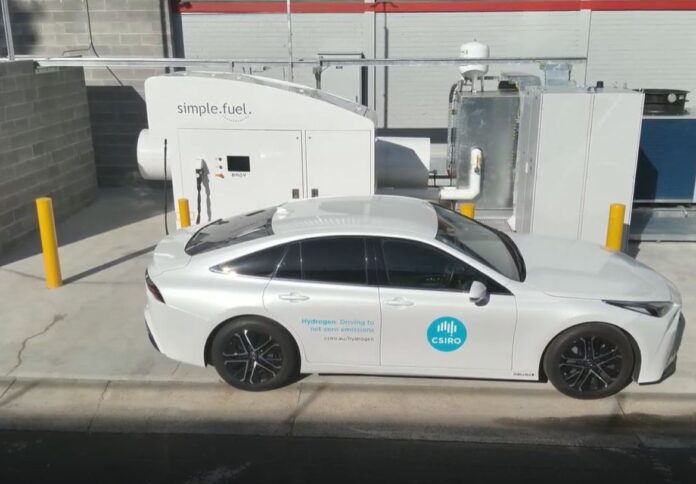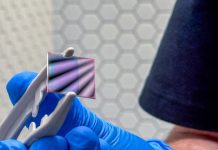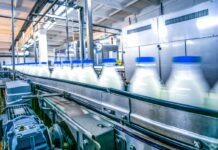
Australia’s national science agency CSIRO has partnered with Swinburne University of Technology’s Victorian Hydrogen Hub (VH2) to open a $2 million clean hydrogen refuelling station, purpose-built for enabling hydrogen research.
The state-of-the-art refuelling station uses green hydrogen produced with electricity from renewable sources, enabling hydrogen-powered cars to travel over 600km emissions-free on a full tank.
Located at CSIRO’s Clayton site in Victoria, the new station showcases real-world applications of hydrogen and will be used to demonstrate the massive role hydrogen could play in transportation.
It will also enable the testing of emerging hydrogen technology and ensure that Australia remains internationally competitive by training the next generation on the use of hydrogen stations.
Gordon Chakaodza, director of the Victorian Hydrogen Hub, said the collaboration with CSIRO is a key pillar in the hub’s mission to further Australia’s hydrogen economy.
“We are using state-of-the-art facilities to demonstrate to industry and the community the capabilities of fuel cell electric vehicles. This will cement Victoria as a key player in accelerating the deployment of hydrogen cars in Australia,” Chakaodza said.
The station, co-founded by VH2 and the Victorian Government’s Higher Education State Investment Fund, can generate up to 20kg of green hydrogen a day via electrolysis and has a storage capacity of 80 kg, enough to fill more than 10 cars.
Dr Doug Hilton, CEO of CSIRO, said hydrogen will play a significant role in Australia’s energy transition and the decarbonisation of the nation’s road transport sector.
“The technology is an exciting piece in the puzzle in Australia’s renewable energy future and will deliver long-term community and environmental benefits, boost the economy and create new jobs and opportunities for Australia and Australians,” Dr Hilton said.
“This is innovative, inventive, inspired technology that builds the sovereign capabilities Australia needs to transition to net zero.”
Professor Karen Hapgood, deputy vice-chancellor for research at Swinburne University of Technology, said the new hydrogen station brings Australia one step closer to creating a carbon-neutral world by 2050 or earlier.
The new station is a significant part of CSIRO’s Hydrogen Industry Mission, which aims to support national and global decarbonisation through leading research and the development of a commercially viable Australian hydrogen industry, comprising both domestic and export chains.




















